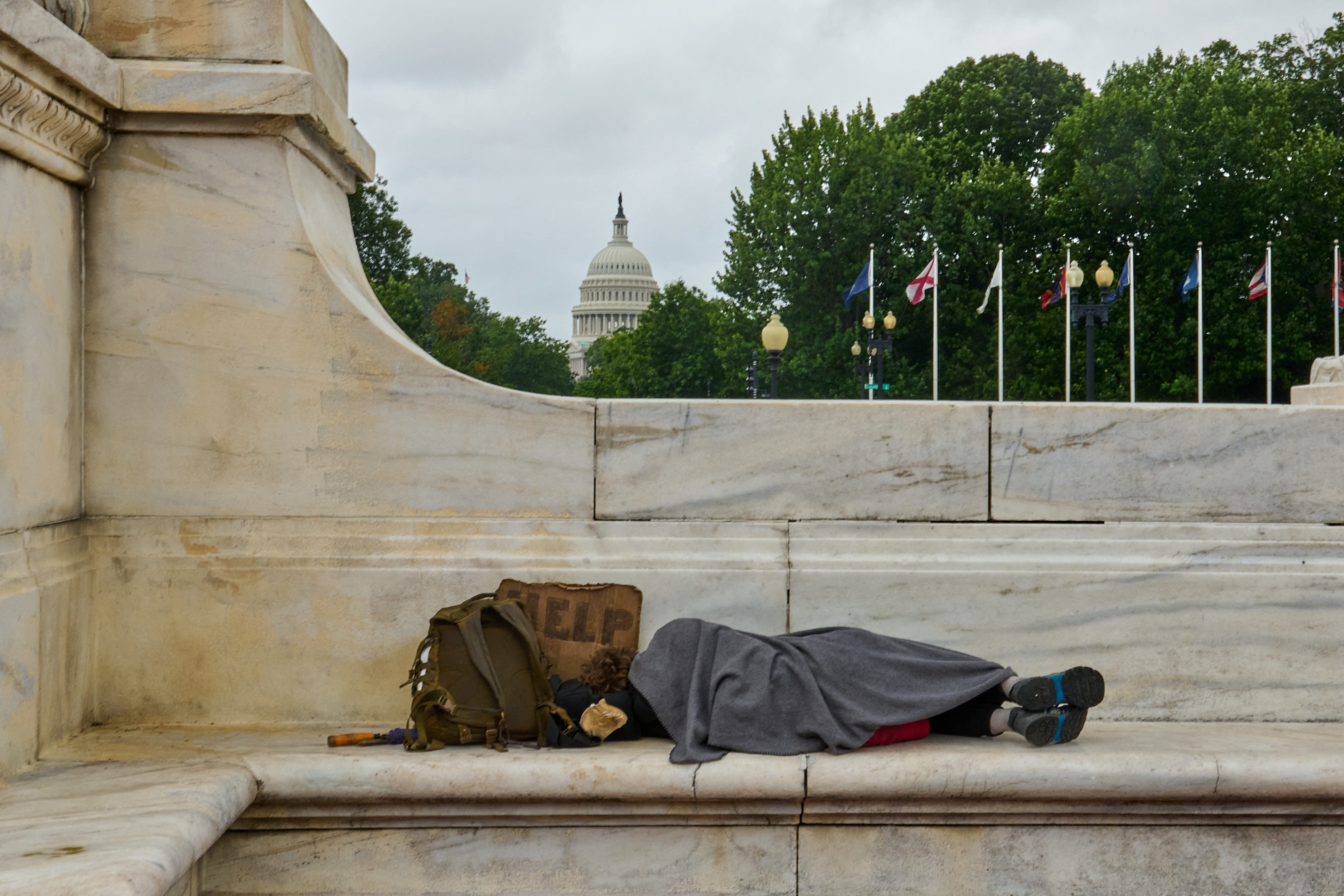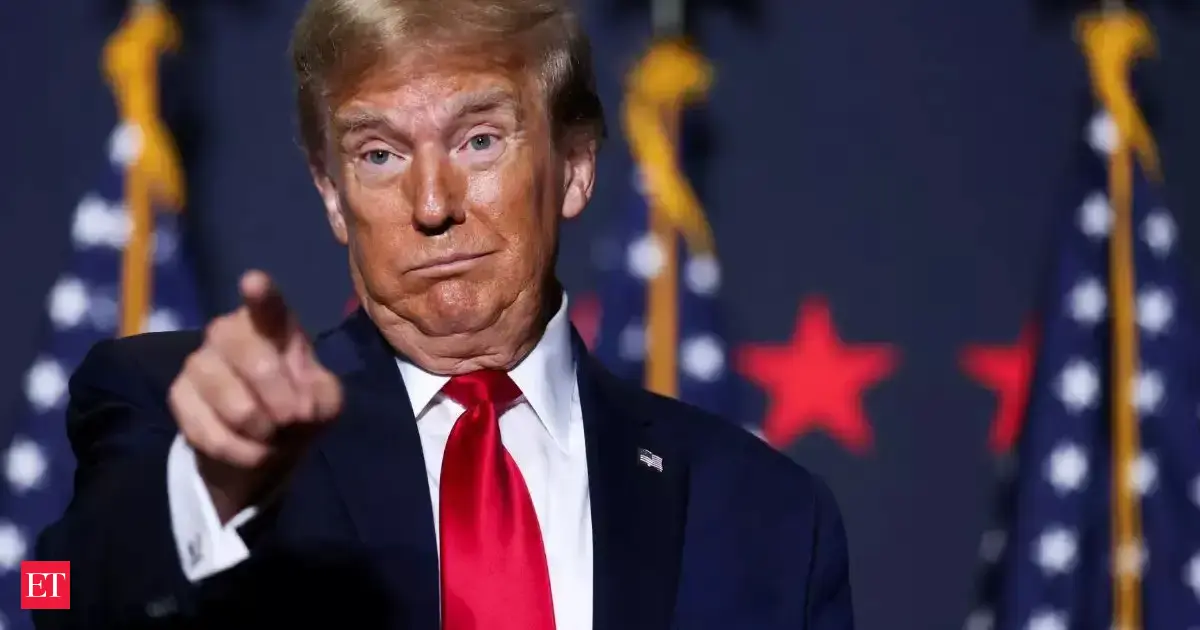
Hundreds of thousands of Americans could be pushed into poverty next year, according to a recent analysis by Yale University’s Budget Lab.
In its latest trade policy update, the research center found that “price shocks” caused by President Donald Trump’s tariffs could increase the overall number of Americans living in poverty by between 650,000 and 875,000.
Why It Matters
The administration’s tariff plans have upended established trade norms while generating billions of dollars in revenue for the federal government—$163 billion per the latest estimates from the Bipartisan Policy Center. However, many have warned that the policies—now largely in effect—could result in financial difficulties for Americans, particularly on the lower end of the income scale, as the increased import taxes translate into higher consumer prices and weaken the nation’s broader economic outlook.
What To Know
According to the Budget Lab, price increases as a result of tariffs will reduce Americans’ purchasing power and overall spending levels. This, they note, will cause sales to drop and businesses to cut jobs, with more Americans ending up below the poverty line as a result.
Timothy Smeeding, professor of economics at the University of Wisconsin-Madison’s La Follette School of Public Affairs, similarly believes that tariffs will influence poverty rates primarily through their effect on prices. Should these go up, he told Newsweek, spending will decline, sales will fall and impacted sectors will resort to layoffs.
The industries most vulnerable, he said, are those dependent on sales, with grocery workers, retail workers and other blue collar professions likely to be hardest hit.
“When the SNAP cuts and Medicaid cuts go into effect, the same people will be hurt as grocery stores sell less and health care costs rise, closing some stores and maybe some rural hospitals and clinics,” he added.
To calculate the exact effects of tariffs on poverty rates, Yale researchers drew on data from the Census Bureau’s 2023 Current Population Survey, aging this forward with economic projections from the Congressional Budget Office (CBO). Assuming the tariff environment of early September remains unchanged, the Budget Lab then projected sectoral “price shock” forecasts onto consumer price indexes. These effects on consumers were then mapped onto the population at large while accounting for inflation.
Yale University said that its projections depend on the poverty measure employed. Using the Official Poverty Measure (OPM)—a metric which relies solely on pre-tax income—gives the higher end estimate of 875,000, of which 375,000 would be children.
Using the Supplemental Poverty Measure (SPM)—adjusted for geographic differences and incorporating noncash benefits such as SNAP, housing assistance and tax credits—yields the lower forecast of 650,000.
According to a recent report from the Census Bureau, the official poverty rate in 2024 was around 10.6 percent, representing around 36 million Americans. Utilizing the SPM, meanwhile, gave a higher rate of 12.9 percent last year, or roughly 44 million people.
What People Are Saying
The Yale Budget lab wrote in its report: “Tariffs, like all indirect taxes, reduce the purchasing power of households’ incomes by increasing prices in the economy or by decreasing nominal incomes. This loss of purchasing power—a reduction in what economists call “real” incomes—represents the direct economic burden of tariffs. Because patterns of spending differ across households, this burden is felt unevenly.”
White House Spokesman Kush Desai told Newsweek: “Economic forecasters made similar doom-and-gloom predictions during President Trump’s first term, when the very same agenda that the Administration is pushing now of tariffs, tax cuts, deregulation, and energy abundance unleashed historic job, wage, and economic growth – as well as the first decline in wealth inequality in decades.”
What Happens Next?



